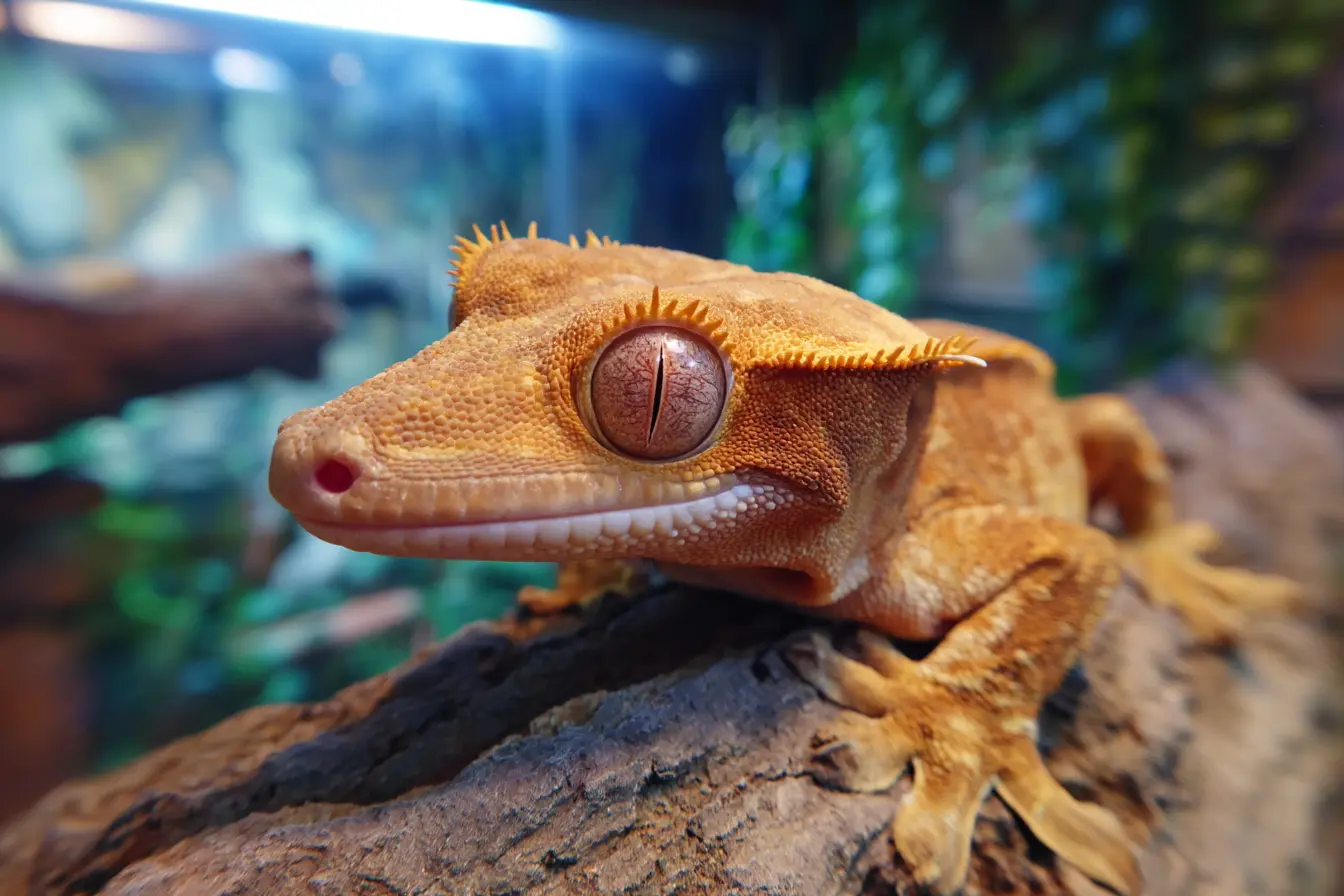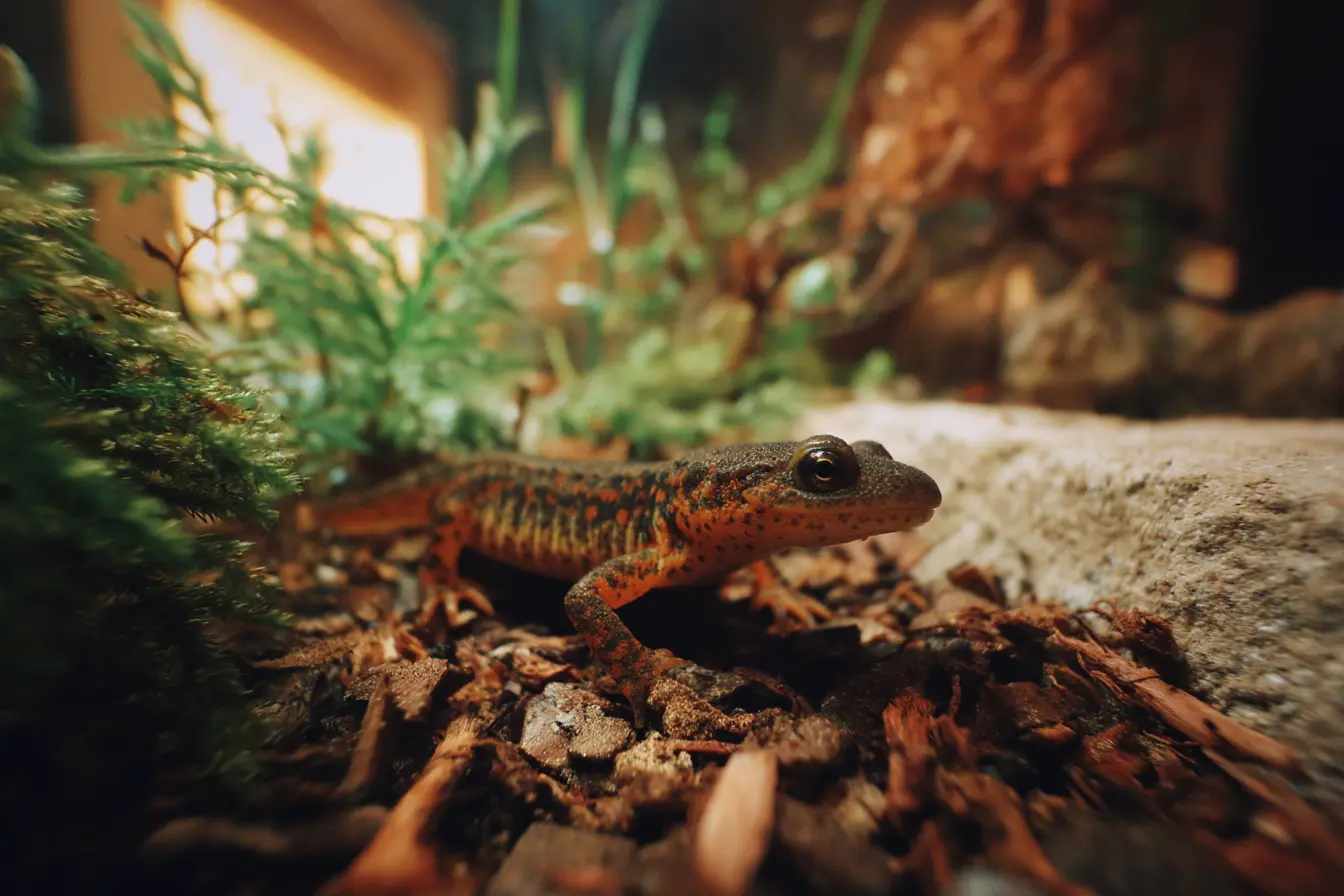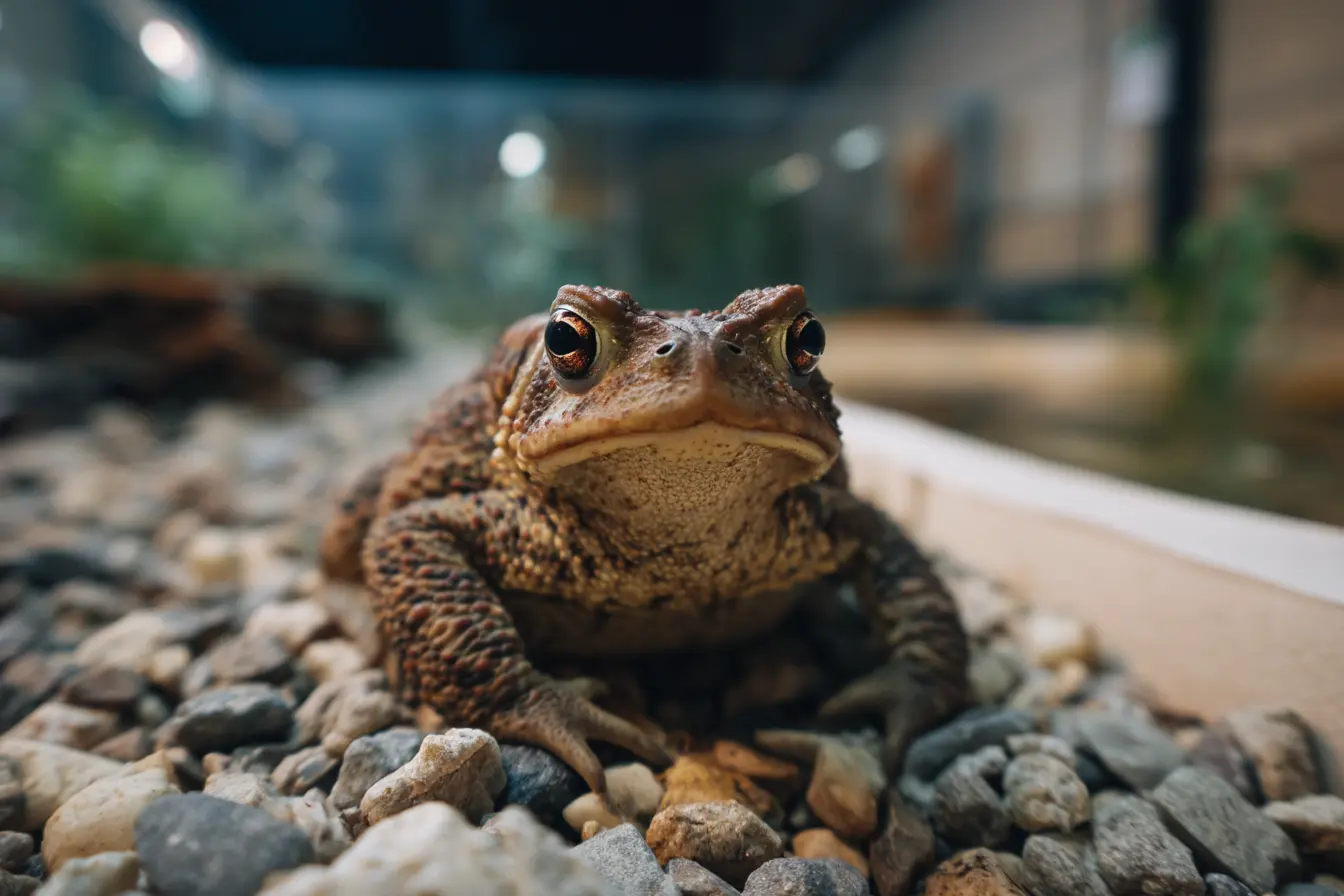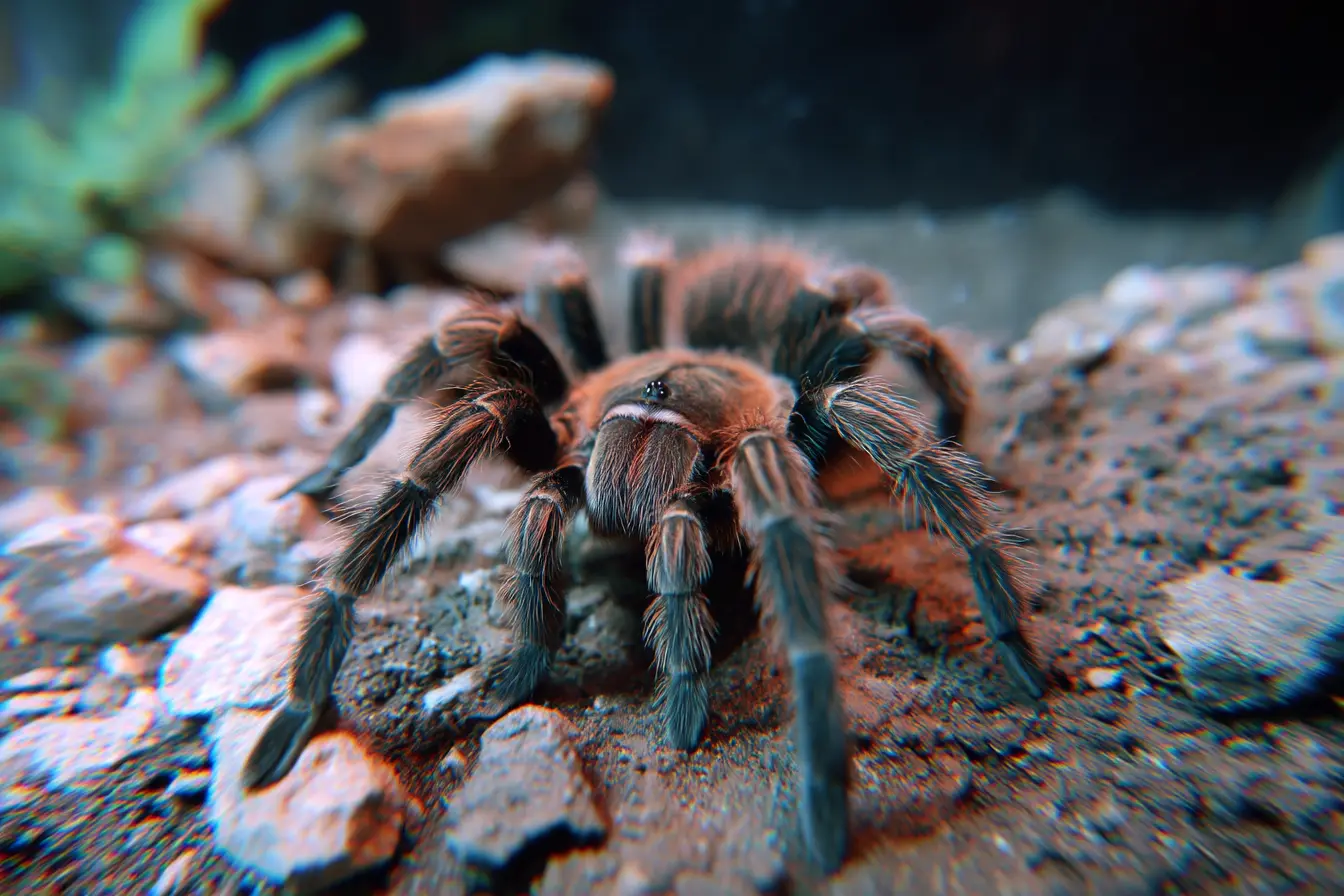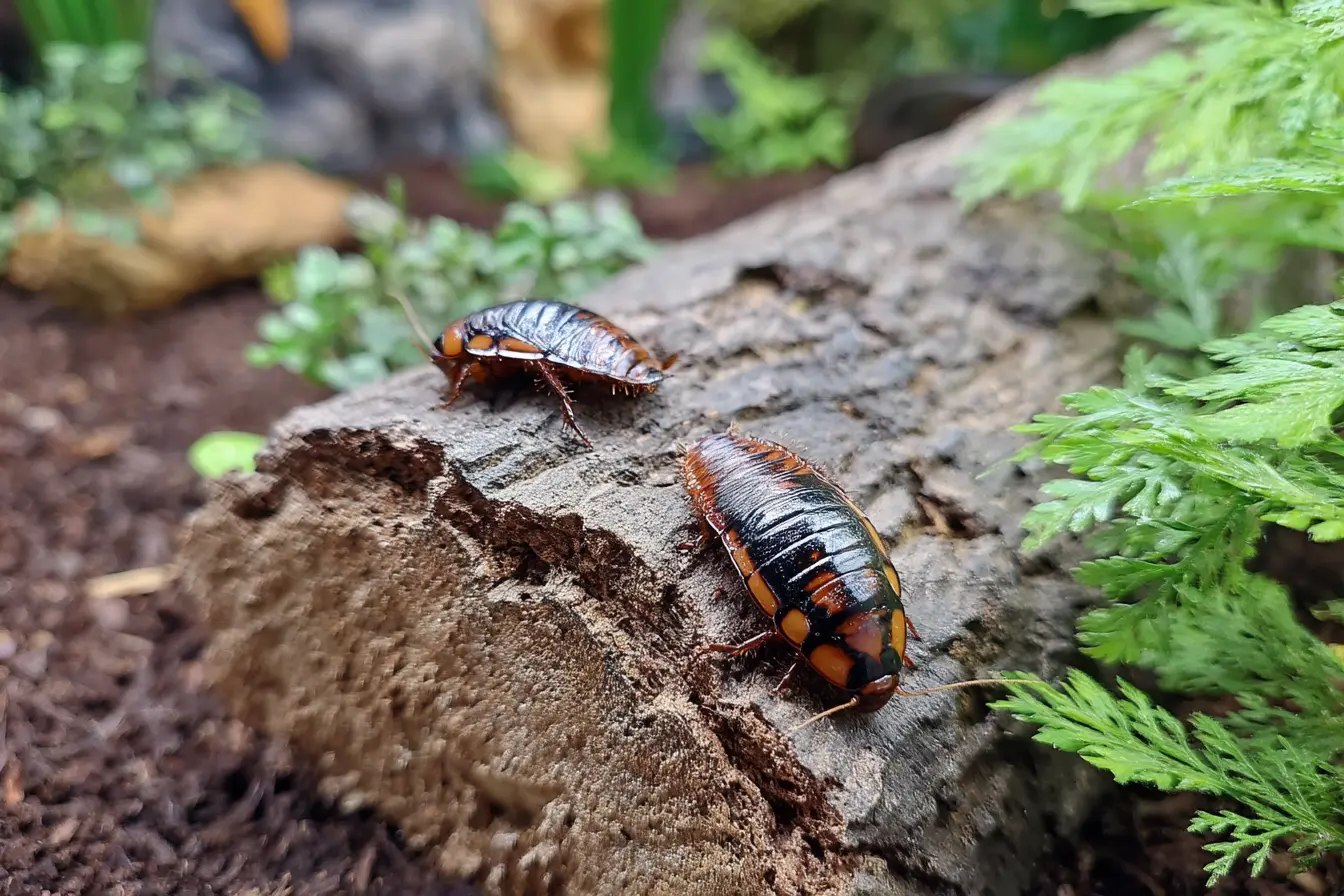
The Ultimate Guide to Keeping Madagascar Hissing Cockroaches
Madagascar hissing cockroaches (Gromphadorhina portentosa) are among the most fascinating insects you can keep as pets. Unlike their household pest relatives, these cockroaches are clean, docile, and easy to care for. Their unique ability to hiss makes them one of the most engaging invertebrate pets, ideal for both beginner and experienced keepers.
This guide will cover everything you need to know about keeping, feeding, breeding, and caring for Madagascar hissing cockroaches.
Why Keep Madagascar Hissing Cockroaches?
Madagascar hissing cockroaches make excellent pets for a variety of reasons:
- They require minimal care and are highly resilient.
- Unlike crickets, they do not produce unpleasant smells.
- Their hissing is the only noise they make, and it is not disruptive.
- They can live for two to five years with proper care.
- They do not bite or sting and are slow-moving.
- Their hissing sound is used for communication, mating, and defence.
Choosing and Acquiring Madagascar Hissing Cockroaches
Hissers are widely available from exotic pet shops, insect breeders, and reptile expos. When selecting cockroaches:
- Choose active individuals with no visible damage.
- Their exoskeleton should be glossy and firm.
- Avoid roaches that appear lethargic, have discoloured patches, or show signs of mite infestation.
- If purchasing multiple for breeding, try to get a mix of males and females.
Housing and Enclosure Setup
Providing the right environment ensures your hissers remain healthy and comfortable.
Enclosure Type
- A plastic or glass terrarium works well.
- A secure lid is necessary, as hissers are skilled climbers.
- Ventilation holes should be small to prevent escapes.
Substrate
- Coconut fibre, peat moss, or paper towels can be used.
- Substrate is not required but helps maintain humidity.
- Avoid overly damp conditions, which encourage mould growth.
Hiding Places
- Cork bark, egg cartons, or cardboard tubes make excellent hiding spots.
- More hiding spaces reduce stress and promote natural behaviour.
Temperature and Humidity
- The ideal temperature range is between 24 and 30°C.
- A heat mat or ceramic heat emitter may be necessary if the room is too cold.
- Humidity should be kept between 50 and 70 percent to prevent dehydration.
- Light misting every few days can help maintain humidity.
Lighting
- Hissers are nocturnal and do not require special lighting.
- Indirect natural light is sufficient.
- Direct sunlight should be avoided as it can overheat the enclosure.
Feeding and Nutrition
Madagascar hissing cockroaches are omnivorous and eat a wide variety of foods.
Staple Foods
- Fresh fruits and vegetables such as carrots, apples, bananas, and leafy greens.
- Oats, bran, and whole grains.
- Dry pet food such as dog or cat kibble for protein.
Protein Sources
- Fish flakes, boiled eggs, or chicken feed support healthy growth.
- A protein-rich diet is essential for breeding adults.
Water
- A shallow dish with water-soaked cotton wool or a sponge prevents drowning.
- Water gel crystals can also be used.
Feeding Schedule
- Feed every two to three days.
- Remove uneaten food before it starts to mould.
Handling Madagascar Hissing Cockroaches
Hissers are one of the easiest cockroach species to handle.
- Pick them up gently by cupping them in your hands.
- Avoid grabbing them tightly, as this may cause them to hiss.
- If startled, they may use their claws to grip your skin, but they do not bite.
- Wash your hands after handling, as they may carry bacteria.
Understanding Their Hissing Behaviour
One of the most fascinating aspects of these cockroaches is their ability to hiss.
- Males hiss to attract females during mating.
- Males also hiss to establish dominance during fights.
- Both males and females hiss when they feel threatened.
The sound is produced by forcing air through spiracles, which are small openings along their body.
Breeding Madagascar Hissing Cockroaches
Breeding hissers is straightforward if conditions are right.
Sexing Males and Females
- Males have two prominent horns on their thorax.
- Females have smoother bodies with much smaller bumps.
Breeding Conditions
- Maintain temperatures between 26 and 30°C.
- Provide plenty of hiding places to reduce stress.
- Offer a protein-rich diet to support breeding.
Reproduction
- Hissers give birth to live young rather than laying eggs.
- Females give birth to 20 to 60 nymphs at a time.
- The young nymphs stay hidden until they moult and grow larger.
Cleaning and Maintenance
A clean enclosure is essential for keeping hissers healthy.
- Remove uneaten food regularly to prevent mould.
- Spot clean weekly by removing waste and old substrate.
- Perform a deep clean every one to two months by replacing substrate and wiping down the enclosure.
Preventing and Managing Common Issues
Escaping Roaches
- Use a secure lid, as hissers are skilled climbers.
- Apply a thin layer of petroleum jelly along the top edges of the enclosure to prevent climbing.
Mouldy Food
- High humidity and uneaten food can encourage mould growth.
- Remove food after 24 hours and increase ventilation if necessary.
Low Reproduction Rate
- Poor diet and low temperature can slow down breeding.
- Increase protein intake and raise the temperature to encourage reproduction.
Mites on Roaches
- Overcrowding and poor hygiene can lead to mite infestations.
- Improve cleanliness and provide proper ventilation to prevent mites.
Ethical Considerations
- Never release hissers into the wild, as they are not native to most environments.
- Handle them with care and respect, as they are living creatures with complex behaviours.
- Only breed as many as you can responsibly care for.
Final Thoughts
Madagascar hissing cockroaches are one of the most unique and fascinating invertebrate pets. Their docile nature, easy care requirements, and interesting behaviour make them an excellent choice for insect enthusiasts. By providing the right environment, diet, and care, you can enjoy keeping these incredible creatures for many years.
Contents
- Why Keep Madagascar Hissing Cockroaches?
- Choosing and Acquiring Madagascar Hissing Cockroaches
- Housing and Enclosure Setup
- Feeding and Nutrition
- Handling Madagascar Hissing Cockroaches
- Understanding Their Hissing Behaviour
- Breeding Madagascar Hissing Cockroaches
- Cleaning and Maintenance
- Preventing and Managing Common Issues
- Ethical Considerations
- Final Thoughts
Tags
Related Vets
Vets near you
Speciality vets
- Aquatics vet specialists
- Birds vet specialists
- Camelids vet specialists
- Cats vet specialists
- Cattle vet specialists
- Deer vet specialists
- Dogs vet specialists
- Equines vet specialists
- Exotic vet specialists
- Goats vet specialists
- Pigs vet specialists
- Poultry vet specialists
- Sheep vet specialists
- Small Mammals vet specialists
- Wild vet specialists
